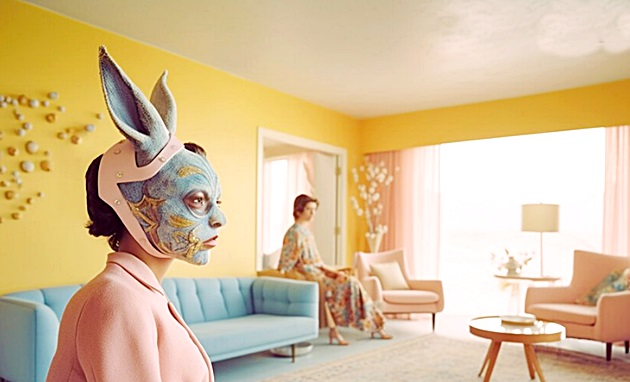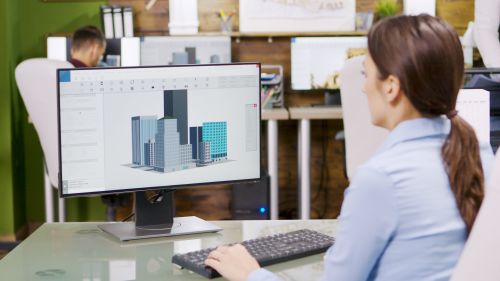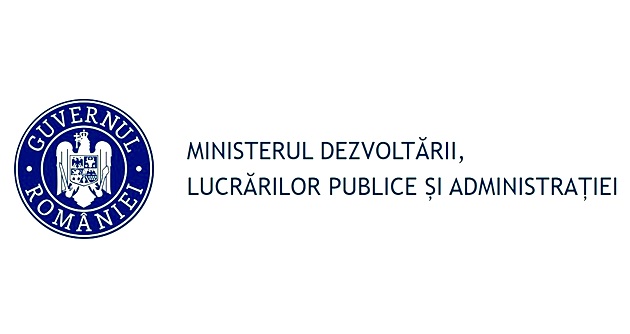
Design Trends for 2025: People, Sustainability, and Advanced Technology at the Core
In 2025, an increasing emphasis on human experience, sustainability, and advanced technology will reshape the approaches to workplace design, retail, and mixed-use development.
AI and Advanced Tech Accelerate Data-Driven Design Opportunities
Key trends for 2025 center around user experience, artificial intelligence, and sustainability in buildings and places, influencing the design and renovation of workplaces, retail environments, and mixed-use developments.
Human-centered design will be a critical component, focusing on environments that support experience, well-being, and social interaction.
From returning to the office and transforming workspaces to the AI era and future-proofing real estate, 2025 marks a pivotal moment with design implications across all sectors.
Research by JLL highlights emerging trends shaping workplace, retail, and mixed-use design approaches, while their Future of Work survey reflects a positive outlook with increased planned investments in space design, building upgrades, and sustainability.
As developers and occupiers seek to invest in their buildings' design and refurbishment, more complex demands call for new perspectives and innovation in both design and construction.
Designing for a "Street to Seat" Experience
Increased office attendance and urban movement in 2025 will continue to elevate the importance of holistic experiences—from the street to the final destination.
While employee experience has been a recent focal point to incentivize return-to-office, the broader "street to seat" journey will be vital in attracting talent, boosting workplace presence, and revitalizing urban centers.
This concept considers the touchpoints of employee and consumer journeys through surrounding environments to their final destinations—whether a workplace, retail store, or leisure facility.
A stronger focus on this end-to-end experience will prompt higher investments in high-quality shared amenities such as gyms, outdoor spaces, end-of-commute facilities, and surrounding food and retail offerings. Seamless arrival experiences will integrate functional systems (e.g., booking, food options) with distinctive spatial design, culture, branding, and customized perks.
Employers are increasingly investing in curated events to boost office attendance—43% already do, with 17% planning to in 2025—requiring spaces that support social and community-building activities.
Organizations with dedicated community or workplace managers rose from 23% to 35% over the past year, demonstrating the growing importance of workplace experience programming.
Outside the office, street to seat design is also key in urban regeneration, mixed-use, and retail settings. As people have more options for entertainment, shopping, and working from home, managing immersive experiences becomes crucial to drawing them back to physical spaces.
JLL’s consumer experience survey shows Gen Z will drive this demand: 84% agree that “cities must offer new experiences to stay relevant,” compared to 60% across all generations.
Expect to see more flexible retail formats for brand collaborations and pop-ups, adaptive landscape design for food or art festivals, and investments in street art and sculptures activating in-between spaces.
The Future of Office Design
From offices to neighborhoods, social interaction, community engagement, and building social capital will be key to attracting people back to physical spaces in 2025.
JLL Research shows the main drivers for returning to the office—for both employers and employees—revolve around social connection and office culture.
Urban consumer sentiment links quality of life to social factors—belonging, place attachment, and access to amenities.
Design in 2025 will increasingly focus on how real estate can support fundamental social needs and well-being. Purposefully designed, flexible social spaces will re-center the fundamentals of social psychology and shared experiences in both workplaces and communities.
Organizations are shifting from presence-based metrics to outcome-based ones, such as innovation and talent attraction, recognizing the intrinsic value of physical spaces in building social capital.
Greater collaboration between designers, psychologists, social scientists, and specialists will prioritize spaces tailored for group dynamics, visual connectivity, and a spectrum of interaction types.
Shared and transitional spaces that foster community and shared experiences will gain importance, with gamification, dining, and immersive tech enhancing social design in retail and hospitality.
Supercharged Team Productivity Through Modernization
Upgrading and repurposing existing buildings continues to gain momentum in 2025, driven by aging building stocks, supply shortages in high-demand areas, and rising ESG requirements.
This momentum will accelerate design’s role in unlocking holistic value—beyond energy efficiency and functional upgrades. Future-forward strategies will prioritize talent attraction, branding, community impact, and health and wellness.
According to JLL, 60% of employers plan to increase investments in building renovation and sustainability performance over the next five years. These sustainability demands stem from corporate commitments and evolving employee expectations.
Younger generations seek workplaces aligned with environmental values—72% of Gen Z and Millennials “always choose the most sustainable option,” compared to 55% of those aged 60+.
Sustainable design will become more integrated with brand identity, using natural and recycled materials to create tangible links between organizational sustainability goals and visual identity—vital for talent attraction.
At the urban scale, sustainability-driven mixed-use regeneration will be key to creating “destination places” focused on green spaces, community access, and science-led design showcasing circular and ecological principles.
Embracing AI for Science-Led Design
From predictive building analysis to data-driven design tools, AI is emerging as both a driver and enabler in the design world.
The convergence of AI and science-led design opens new doors to integrate data more deeply into creative processes, expanding collaboration with fields like psychology, biomedical science, and robotics.
Science-led design brings research and data into decision-making to assess how a building or space might function or impact people and the planet.
A surge in AI-driven tools and datasets is fueling this trend. Global venture capital investment in generative AI rose from $2.3B in 2020 to $22.3B in 2023, while green tech investments jumped from $1.1B to $5.4B—pointing to AI’s growing influence in 2025.
Previously constrained by the complexity of built-environment data, AI now advances our ability to integrate insights from evolving work models, health impacts, and neuroscience.
Neuro-architecture, for example, combines neuroscience and psychology to design healthier, more productive environments. JLL research already shows how cognitive science insights can enhance high-performance workplaces, with AI tools bringing even more opportunities.
Future design teams may include AI technologists or coders collaborating across disciplines—biomedical, psychological, engineering—to elevate how we shape environments.
Key Takeaways for Real Estate Leaders
As developers and occupiers pursue future-proofed investments in buildings, these trends highlight the importance of:
- Human-centered design that addresses the impact of buildings on individuals and communities—requiring collaboration with disciplines like psychology and sociology.
- Data-driven strategies integrated into design processes, with AI and science-led design improving sustainable and human-centric outcomes.
- Strategic partnerships to link design investments to broader results—including talent attraction and operational efficiency. Early integration of branding, interior design, and experience design enhances ROI.




